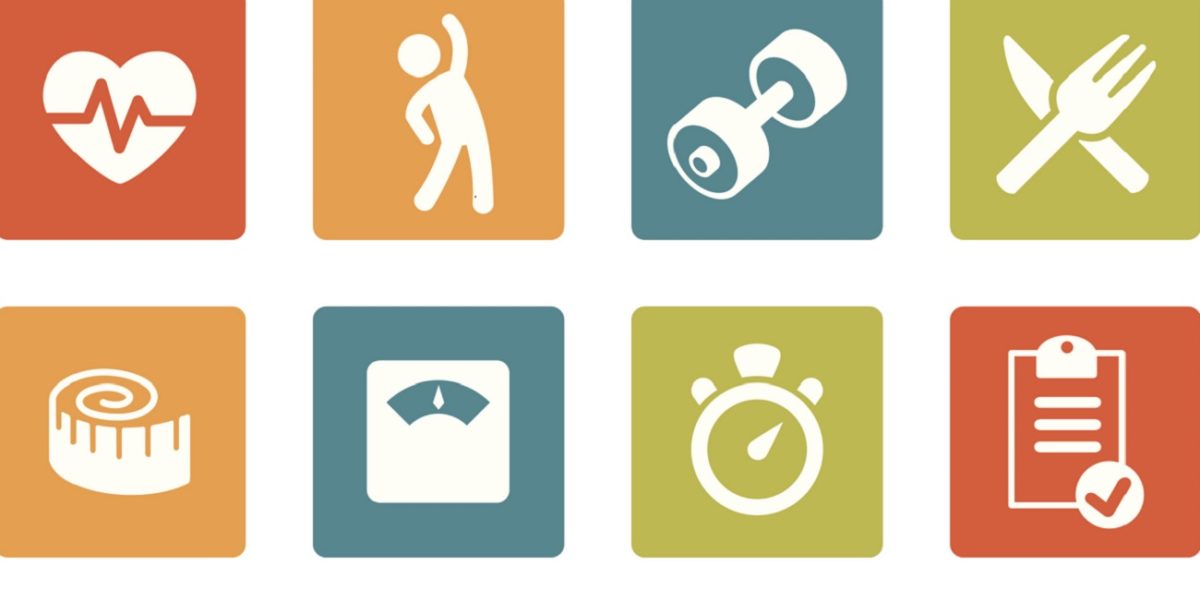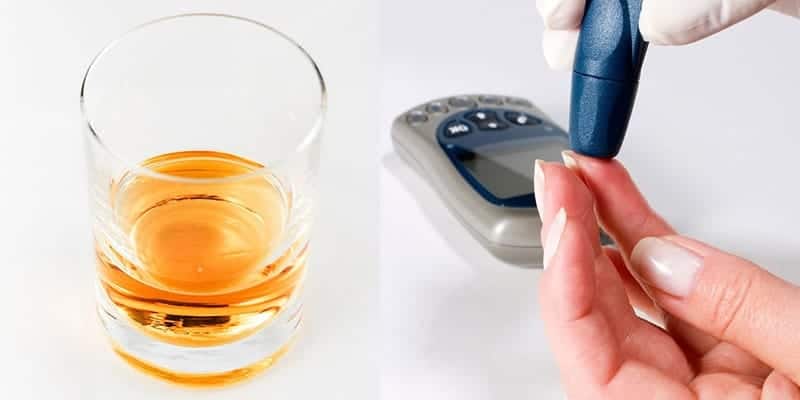The A1C is a blood test that shows how well your blood sugar management plan is working. Here’s how to reach a healthy A1C number and avoid blood sugar complications.
Taking the A1C Test

If your blood sugar is well controlled and your blood sugar levels have remained stable, the American Diabetes Association recommends that you have the A1C test two times each year. A1C test results provide insight into how your treatment plan is working or might be modified to better control the condition. Your doctor may want to run the test as often as every three months if your A1C is not within your target range.
What the A1C Results Mean

The A1C test measures the glucose (blood sugar) in your blood by assessing the amount of what’s called glycated hemoglobin. “Hemoglobin is a protein within red blood cells. As glucose enters the bloodstream, it binds to hemoglobin, or glycates. The more glucose that enters the bloodstream, the higher the amount of glycated hemoglobin,” .
An A1C level below 6 percent is considered normal. An A1C between 6 and 6.5 percent signals pre-diabetes. Type 2 diabetes is diagnosed when the A1C is over 6.5 percent. For many people with type 2 diabetes, the goal is to lower A1C levels to a healthier percentage.
Your A1C goal is specific to you. Several factors come into play such as your age, how advanced your blood glucose is, and any other heath conditions you have. A common A1C goal for people with blood sugar is less than 7 percent. If you can keep your A1C number below your goal, you help to reduce the risk of blood sugar complications, such as nerve damage,eye problems etc.
Making these healthy changes can help you improve your day-to-day blood sugar management and lower your A1C:
• Move more. Try to get at least 30 minutes of exercise five days a week. This doesn’t have to be formal exercise. Find something you enjoy doing that gets your body moving — take your dog for a walk, play a sport with a friend, or ride a stationary bike indoors or a regular bike outdoors.
• Eat a balanced diet with proper portion sizes. You can load up on non-starchy vegetables, but be mindful of serving sizes when eating fruits, lean proteins, fats, and complex carbohydrates like bread, potatoes, and other starches. Using a salad plate instead of a full-size dinner plate can help prevent overeating. Avoid processed foods as much as possible and say no to sugary sodas and fruit juice. A blood glucose educator or dietician may be able to help if you’re unsure about a good blood sugar diet.
• Stick to a schedule. Skipping meals, letting too much time pass between meals, or eating too much or too often can cause your blood sugar levels to fall and rise too much. Your doctor can help you determine the best meal schedule for your lifestyle.
• Follow your treatment plan. Blood sugar treatment is very individualized. Your doctor will help you determine the steps you need to take to successfully manage your blood sugar. Always talk to your doctor before making any changes.
• Check your blood sugar as directed. Checking blood sugar on your own is still necessary, even if your doctor is monitoring your A1C levels. Keeping a journal of your blood sugar levels can tell you and your doctor how certain activities affect your blood sugar. It can also help determine an ideal eating schedule and alert you to foods that cause blood sugar spikes.
Understanding your A1C levels is an important part of your overall blood sugar management. If you have any questions about your A1C levels or what they mean, don’t hesitate to ask your doctor.
The A1C is a blood test that shows how well your blood sugar management plan is working. Here’s how to reach a healthy A1C number and avoid blood sugar complications.
Tips for a Lower A1C

Your A1C score is a valuable part of the blood sugar control picture, but it is not the only indicator of your health. Someone who has wide fluctuations in blood sugar levels may have an A1C at goal because the average is good. However, these day-to-day fluctuations can lower your quality of life and increase your risk of complications.Blood sugar can be a tough condition to manage. It takes work, but the time and effort you put into it can result in good control and an improved quality of life.
Use Supplement for Lower A1C:
FENFURO Regular intake of FENFURO can control the blood sugar level effectively. FENFURO is a first of its kind, safe nutraceutical derived from fenugreek seeds through a patented process. Through its unique scientific process, FENFURO concentrates the bioactive part of plants into a manageable dose, while removing the inert parts such as cellulose. Also, since a lot of healthy botanicals are not palatable, consuming their concentrate in capsule form in small dosage is a lot easier. FENFURO contains a rich variety of saponins and flavonoids. These substances are known to lower blood lipid level and help in insulin sensitization and glucose regulation. FENFURO is the first dual action insulin sensitizer.
The statement and product have not been evaluated by the FDA to diagnose, treat, cure or prevent any disease.





















